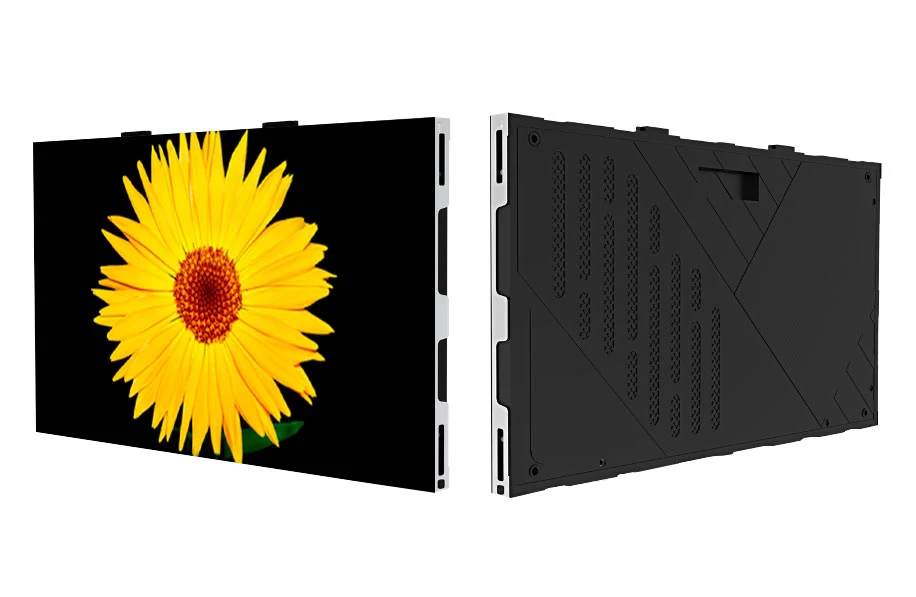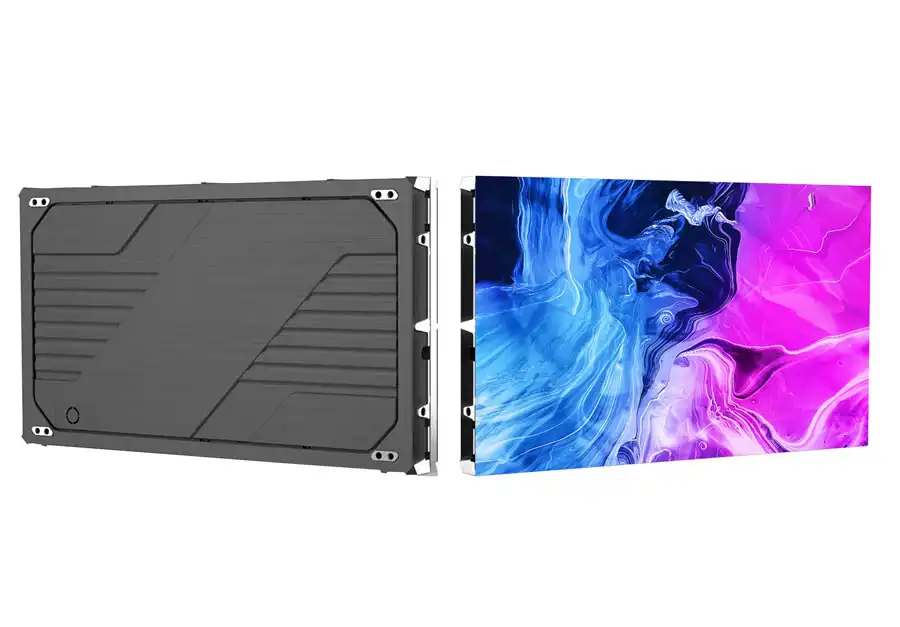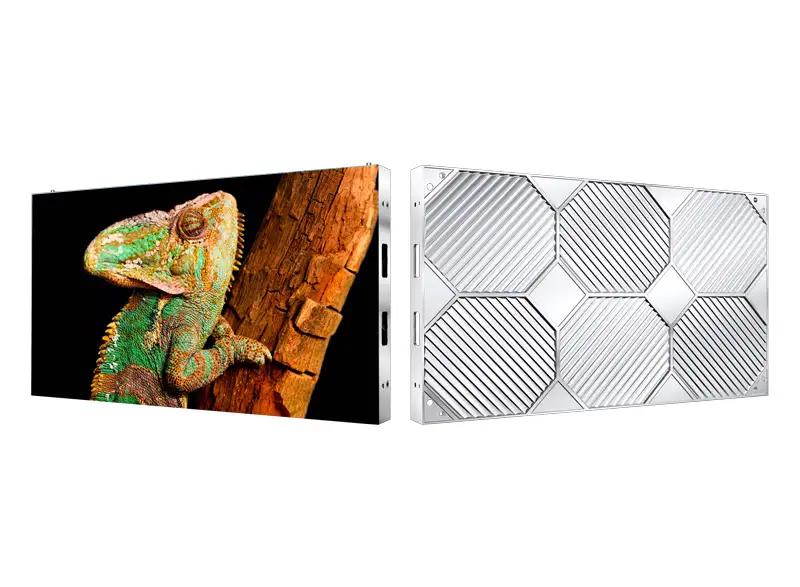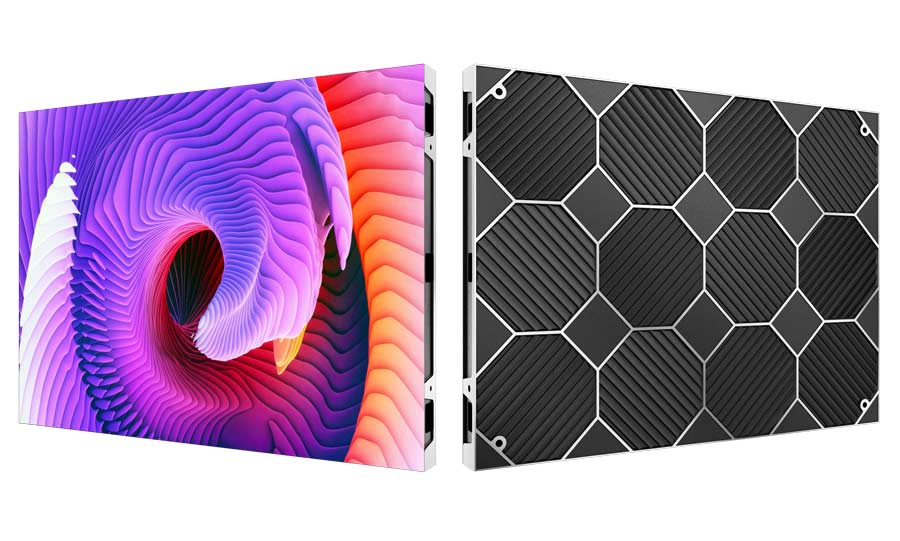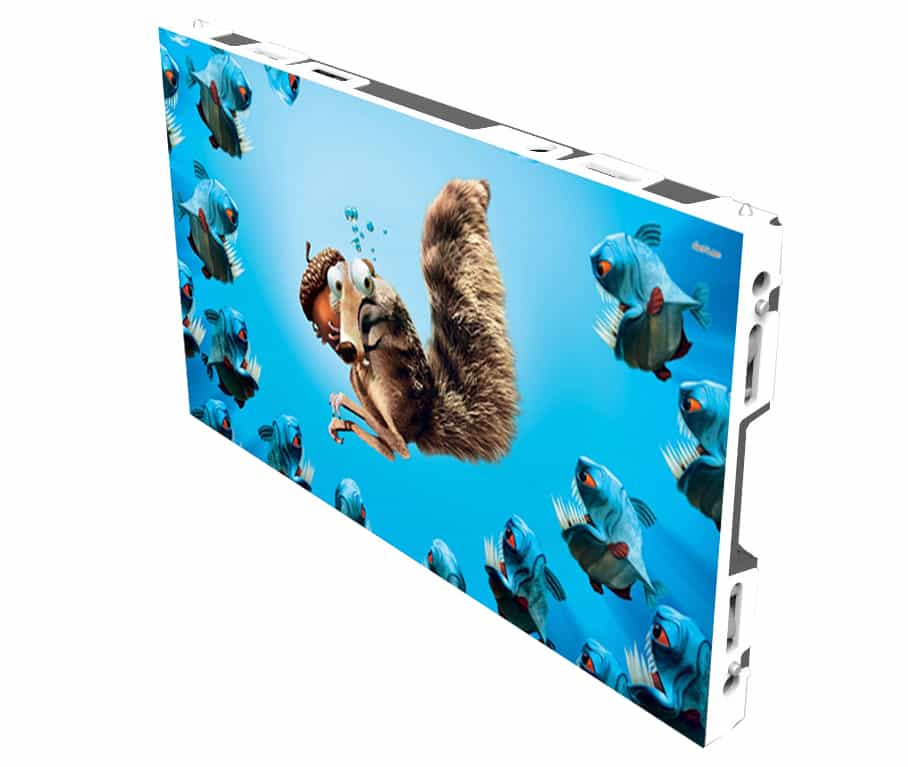The Ultimate Guide to Seamless DVLED & Fine Pitch LED Display
In recent years, DVLED panels have become the gold standard in the world of digital displays. Offering unmatched image quality and seamless integration, they have transformed the landscape of industries ranging from entertainment to corporate communication. In this comprehensive guide, we’ll delve into everything you need to know about fine pitch LED screen, with a focus on DVLED technology and why Cinstar is your go-to supplier for premium LED video walls.
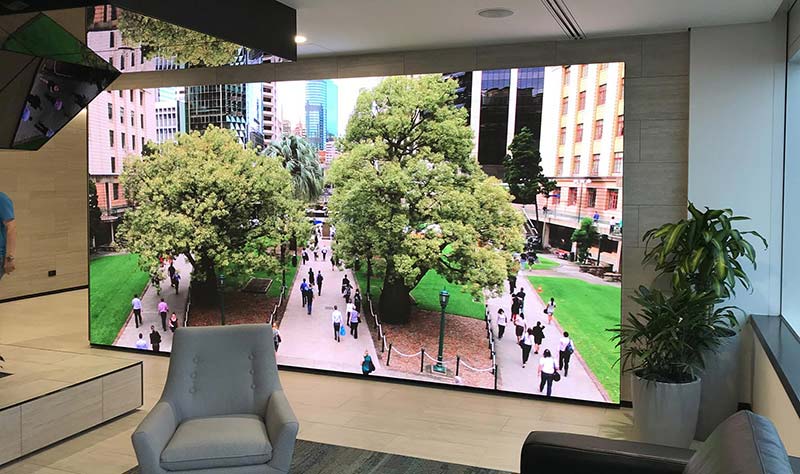
Table of Contents
What Is DVLED Video Wall?
Direct View LED (DVLED) refers to a video wall technology where each LED pixel emits light directly, eliminating the need for an external backlight. This is different from traditional LCDs, which rely on backlights to project images.
In fine pitch LED screen, DVLED technology is leveraged to provide incredible pixel density, ensuring unparalleled image clarity even at close viewing distances. With pixel pitches ranging from 0.7mm to 2.5mm, DVLED wall is ideal for applications demanding high resolution and seamless viewing experiences.
By integrating DVLED technology, the LED video wall achieves vibrant colors, high brightness, and energy efficiency, making it the superior choice for indoor and outdoor environments.
The Advantages of DVLED
Investing in DVLED offers numerous benefits:
- Seamless Design: Unlike traditional displays with visible bezels, fine pitch LED video wall is virtually seamless, ensuring an uninterrupted viewing experience.
- Exceptional Image Quality: DVLED technology provides ultra-high resolution, vibrant colors, and excellent contrast ratios.
- Energy Efficiency: Modern DVLED screen systems consume less power compared to older display technologies, reducing long-term operational costs.
- Wide Viewing Angles: DVLED video wall ensures consistent brightness and color accuracy, even when viewed from extreme angles.
- Durability: DVLED display is built to last, offering robust performance in both indoor and outdoor settings.
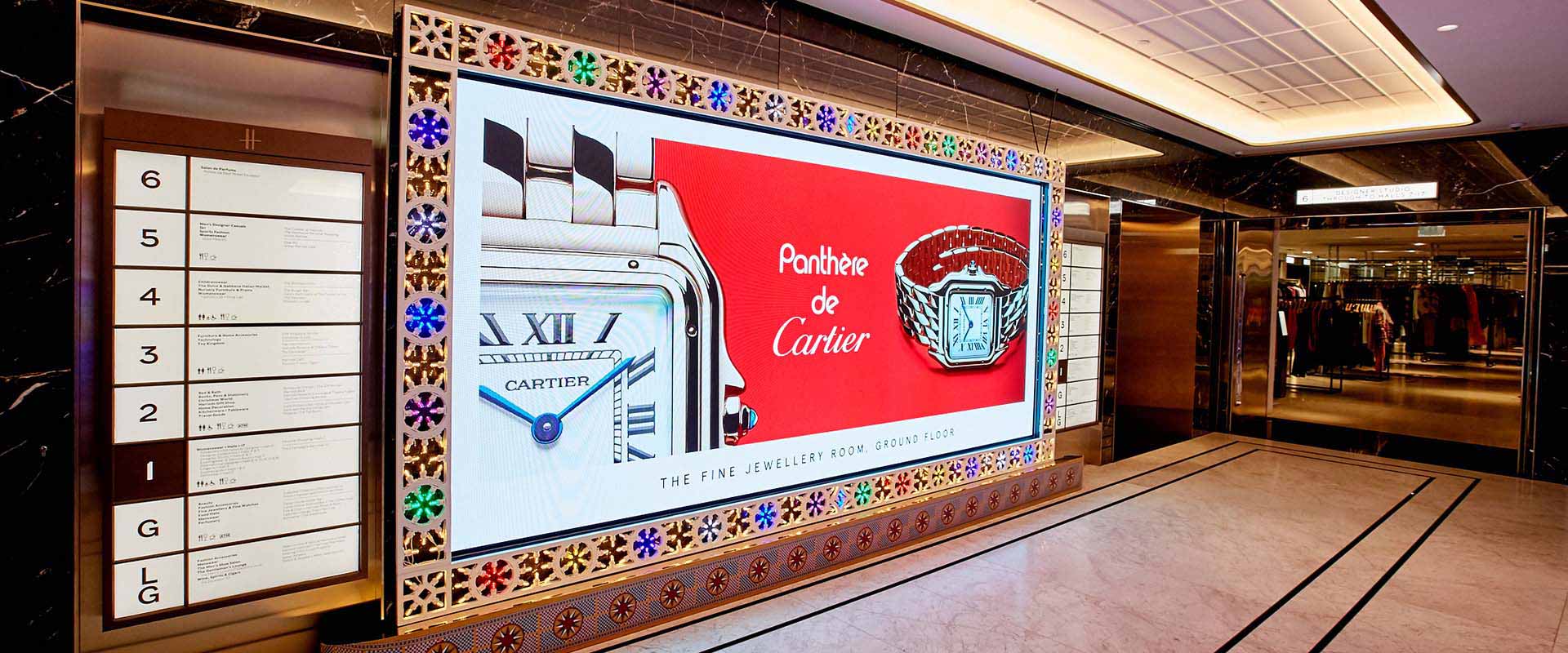
Applications of Fine Pitch LED Display
Fine pitch LED video wall is used in a variety of industries and settings due to its versatility and high performance. Some key applications include:
- Corporate Environments: DVLED screen is perfect for boardrooms, conference rooms, and control centers, delivering crystal-clear presentations and video conferencing experiences.
- Retail and Advertising: Retailers use DVLED to create captivating displays that grab attention and enhance brand presence.
- Broadcasting Studios: TV studios benefit from the seamless design and color accuracy of the LED video walls, creating visually stunning backdrops.
- Control Rooms: They are essential for mission-critical applications, where high resolution and real-time data visualization are key.
- Entertainment Venues: From cinemas to concerts, DVLED wall provides immersive visual experiences.
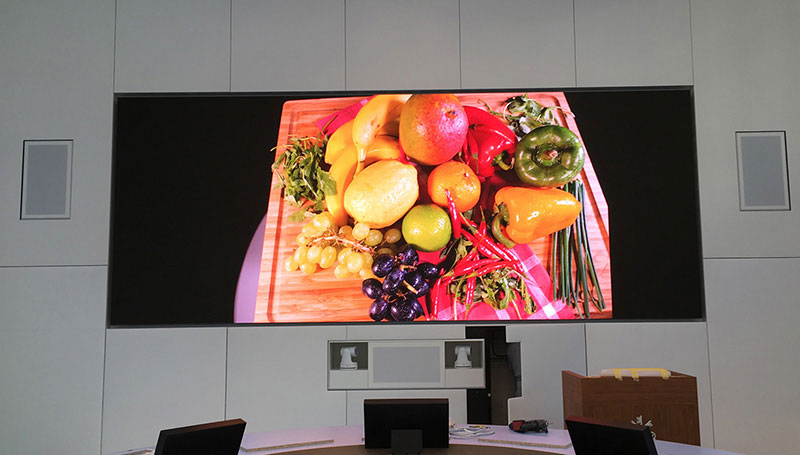
Cost of DVLED Panels
The cost of a DVLED screen depends on several factors, including:
- Pixel Pitch: Displays with smaller pixel pitches (e.g., 0.9mm) tend to be more expensive due to the higher density of LEDs.
- Size: Larger LED video walls require more materials and installation effort, increasing the cost.
- Custom Features: Custom shapes, interactive capabilities, or additional software can add to the overall expense.
- Brand and Supplier: Trusted manufacturers like Cinstar ensure high-quality products, which might come at a slightly higher price but offer better value in the long run.
While the initial investment in DVLED video wall may be significant, the long lifespan, energy efficiency, and unparalleled performance make it a cost-effective solution over time.
FAQs About DVLED
-
What is the difference between DVLED and LCD?
DVLED display emits light directly from LEDs, while LCDs rely on backlit panels. It offers higher brightness, better contrast, and seamless design compared to LCDs.
- Is fine pitch LED display suitable for outdoor use?
Yes! outdoor fine pitch LED screen is designed to withstand harsh weather conditions while maintaining exceptional performance.
- How long does DVLED display last?
High-quality DVLED display, like the one from Cinstar, typically last 100,000 hours or more with proper maintenance.
- Can DVLED be customized for specific needs?
Absolutely. DVLED technology offers great flexibility, allowing for custom shapes, sizes, and resolutions to fit various applications.
Why Choose Cinstar LED as Your Supplier
When it comes to sourcing premium DVLED wall, Cinstar stands out as a trusted name in the industry. Here’s why:
- High-Quality Products: Cinstar provides top-notch DVLED solutions with outstanding durability, brightness, and image quality.
- Extensive Experience: With years of expertise, Cinstar has supplied fine pitch LED screen to a variety of industries, from retail to broadcasting.
- Custom Solutions: Whether you need a large fine pitch LED video wall or a compact display, Cinstar offers tailored solutions to meet your unique requirements.
- Competitive Pricing: Cinstar ensures value for money by offering premium-quality products at competitive prices.
- Exceptional Support: From consultation to installation and after-sales service, Cinstar’s dedicated team ensures a seamless experience for its clients.
Conclusion
In a world where visual impact is crucial, DVLED video wall is a game-changer. Whether you’re looking to enhance your corporate space, retail environment, or control room, DVLED screen offers unparalleled advantages in image quality, durability, and design.
By partnering with industry leaders like Cinstar, you gain access to state-of-the-art fine pitch LED video wall that caters to your specific needs.
Explore Cinstar’s innovative solutions now.


